The Amish Bishop With Churches In Two Countries
An Amishman in Canada finds himself in an unusual and likely unique situation, serving as bishop for two Amish churches – one in New Brunswick province, and the other just across the border in the US, in Maine.
That’s one of a number of interesting details in Gabriel Arsenault’s article “Understanding Amish Migrations to New Brunswick, Prince Edward Island, and Manitoba” from the latest Journal of Plain Anabaptist Communities.

Now, it’s not unusual for one Amish bishop to lead two church districts. Communities where you’ll find this include Lancaster County, and Allen County, Indiana. There are also cases of churches or communities which cross state borders. For example, the Adams County, Indiana settlement spills into Ohio.
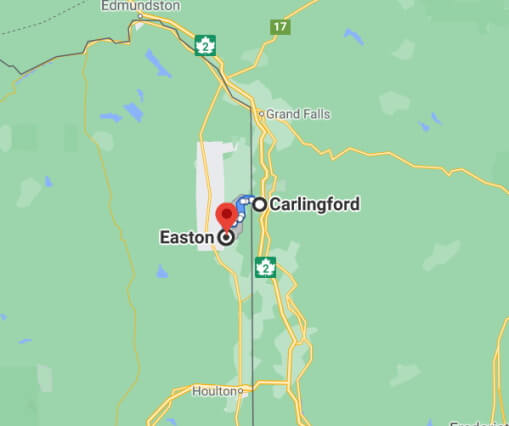
The unusual part here is of course the international aspect of this Amish bishop’s church leadership. The communities in question are from a Swartzentruber group. Arsenault explains how this came to be:
The settlement in New Brunswick was founded by three Swartzentruber families from Chesley, Ontario, who bought about 500 acres in the village of Carlingford immediately adjacent to the Easton settlement in Maine in the spring of 2015 (see The Diary, from Easton, Maine: January 2015, May 2015, June 2015; from Chesley, Ontario: May 2015, June 2015). The Carlingford and Easton districts in fact currently share the same bishop and have a very close relationship (interviews #9, #13).
The Easton community is the same as the one I’ve seen more commonly referenced as Fort Fairfield (though I’m not sure what they call themselves – see this article, with thoughtful comments from community founder Noah Yoder, for more).

Wouldn’t it be simpler for the two churches to simply pick a country and create a single community? You might be able to guess the issue with that. Arsenault explains: “Why not move directly to Maine? International emigration is complicated for the Amish, especially the Swartzentruber Amish who oppose pictures of themselves (Kraybill et al., 2013, p. 104).”
Just yesterday I referenced a case where this became a big issue for an Amish couple – an American Amishman married to a Canadian Amish woman (Amishwoman?) seeking to become a permanent US resident. The couple ended up suing the US government over the photo requirement.
However, as this is just international travel, not permanent residence, the two Swartzentruber churches have a way to travel that’s legally acceptable to them: “the Amish from Maine and New Brunswick are able to cross the border and visit each other without a picture identification, by carrying a copy of their birth certificate (interviews #6, #16).”
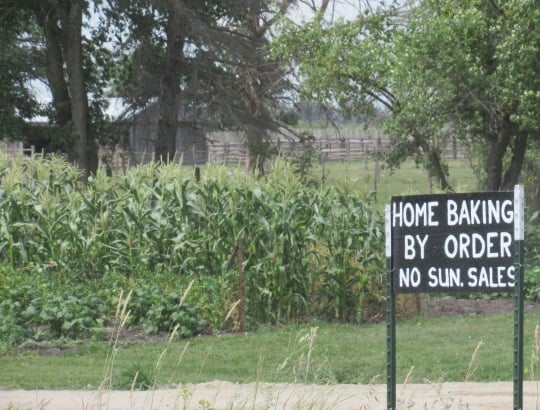
Arsenault details a somewhat similar situation in Manitoba. However the distances between communities are much greater, and it’s unclear if one bishop covers multiple churches on either side of the international boundary. Amish established a settlement in Vita, Manitoba in 2017:
Vita is also directly adjacent to the U.S. border. Most Amish who have migrated to Vita are Buchanan Amish who come from Mossley, Ontario. Although there are no Buchanan Amish settlements immediately on the American side of the border, the Amish newspapers report that the Vita Amish have a relationship with two relatively close settlements in Minnesota (i.e., between 200 and 230 miles away): the one in Frazee (Die Botschaft, Frazee, May 2018) and the one in Sebeka (The Diary, Vita, December 2018).
Are there other any other situations like that of the Amish bishop with churches in Maine and New Brunswick? Perhaps there are. But with Canada having only about 20 total settlements, opportunities would be limited.
Amish bishops will provide support to new settlements while they are becoming established with their own ministry, sometimes traveling significant distance to do so. But this arrangement, of two churches on either side of an international border within horse-and-buggy distance, sounds more permanent.
If I had to guess, I would guess this is probably the only such case of an Amish bishop heading one church in one country and a second church in another. I find it doubly interesting that the churches involved in this international arrangement are from one of the most conservative of all Amish groups.


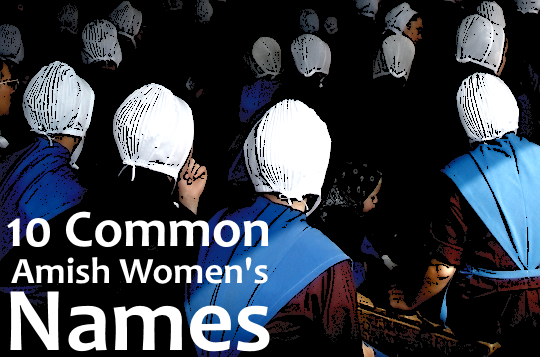
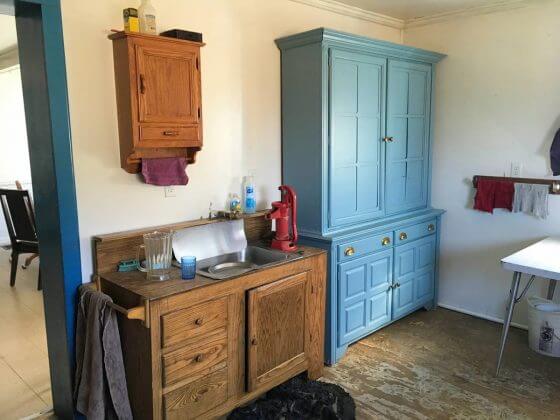

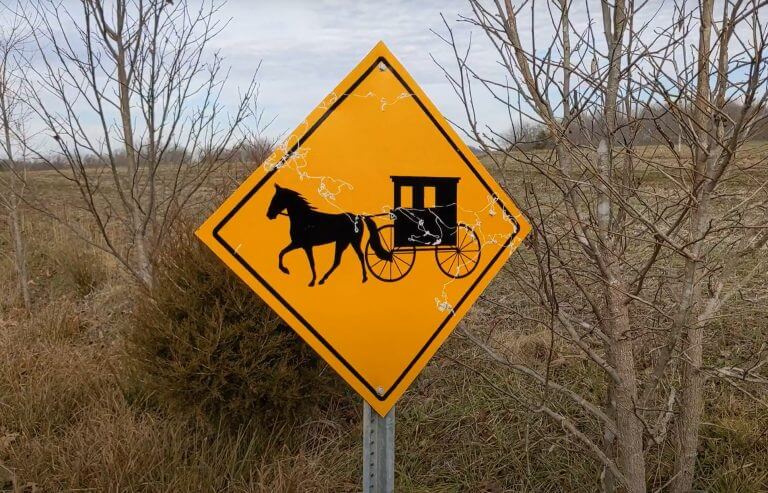
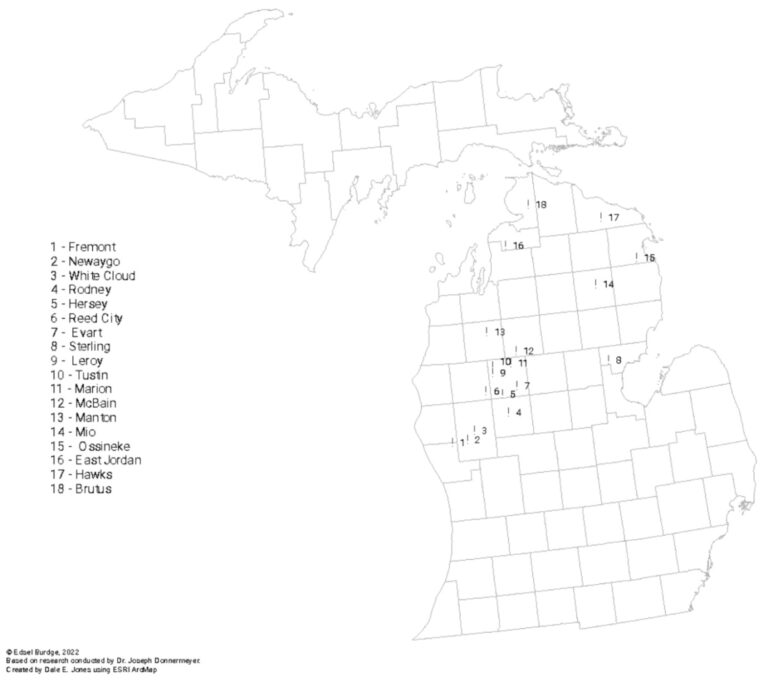
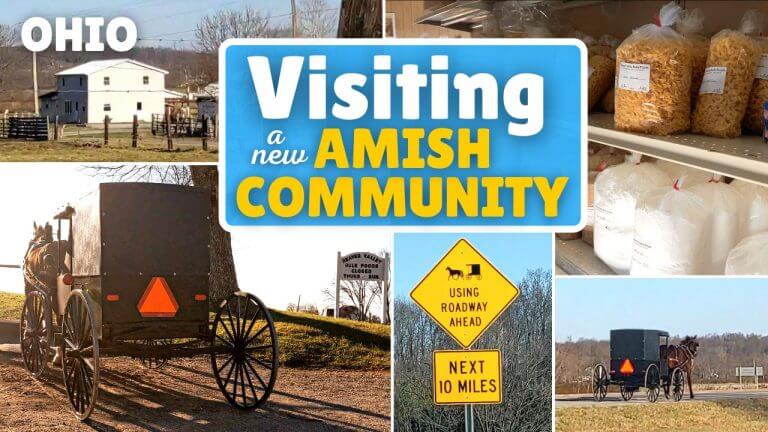
churches in two countries
Do we know what is happening now that the border has been closed except for travelers willing to quarentine for two weeks?
Bishop in Two Countries
Fort Fairfield is in Aroostook County in Maine. The county is about the same size as Connecticut and Rhode Island, combined. We used to live in Limestone, near Caribou, the nearest “big” towns before you get to Fort Fairfield, if I remember correctly (it has been almost 40 years since we moved out of there).
Things have probably changed, but the official crossing points were at Limestone and Presque Isle, as I recall. Maybe there was one at Fort Fairfield, too. There were a number of unmonitored border crossings on small two lane roads. A sign at those crossings told you to go to the nearest manned crossing as soon as possible. I doubt that many people actually did that.
As American, we shopped on both sides of the border and went back and forth often. Snowmobilers traveled on the wide moose trails which cross the border wherever a moose wants to go. Those riding snowmobiles often did not know which side of the border they were on until they were stopped by the authorities.
As the author says here, permanently moving from one country to the other is not easy. Families adapted by visiting. There is also a list of things Canadians can’t bring to the US. A neighbor couple of ours was an American husband and a Canadian wife. They bought most of their groceries in Canada, but had to repack the bags into “his” and “her” bags so she would not violate rules about importing things she couldn’t legally bring back to the US.
Big job for this bishop. Crossing the border now is not as easy as it was in our day up there.